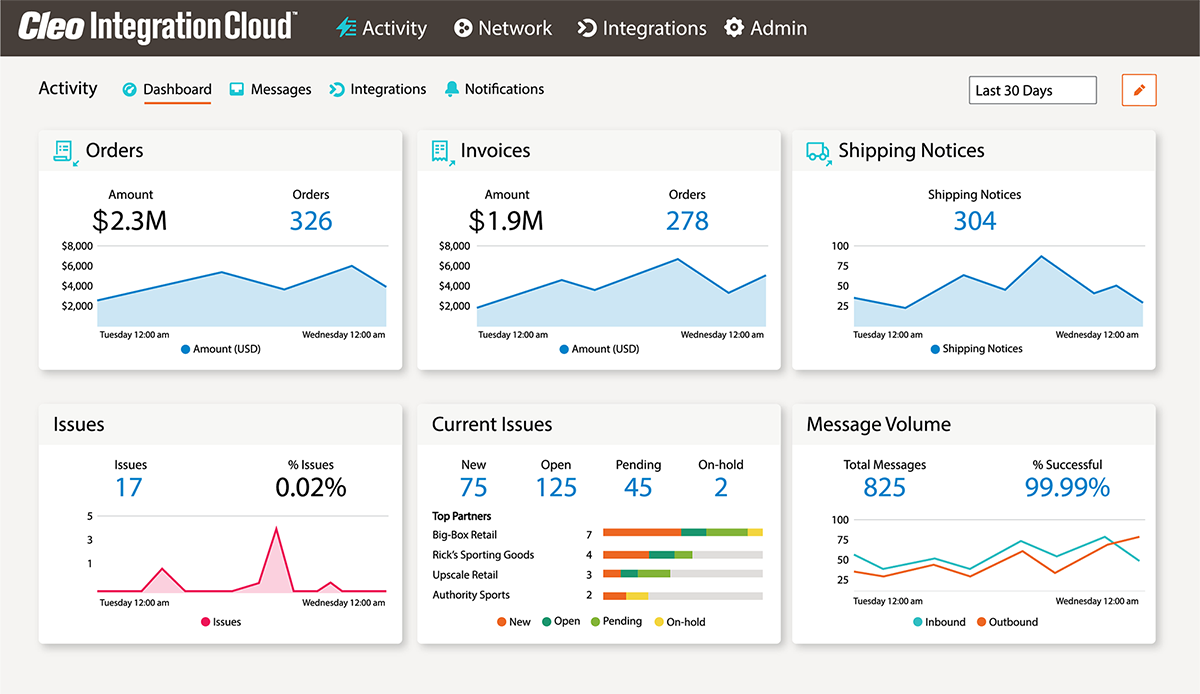Don’t Let Poor Integration Leave Your Stakeholders in the Dark

Whether your company is in manufacturing, logistics, or the wholesale industry, what’s one of the primary ways you can attract new business, and remain ahead of the competition?
By differentiating yourself.
But saying you want to differentiate is one thing. Having the tools to actually put that plan in motion for the benefit of your current and future customers is an entirely different proposition.
A company’s ability to differentiate in today’s accelerated digital business environment depends entirely on whether it can say ‘YES’ to any integration need. Complex business requirements, such as enabling omni-channel buying and fulfillment, or rapidly onboarding new trading partners call for a modernized, cloud-based approach to B2B integration.
If you haven’t yet modernized your approach to B2B integration, your current strategy is probably broken. And you’re not alone. Less than 50% of companies can access supply chain information to glean the business insights they need to make faster, better decisions.
Fortunately there are ways to light up the integration points across your multi-enterprise ecosystem and improve your ability to keep internal and external stakeholders up to speed.
Here are the telltale signs that your approach to B2B integration is falling short and what a modern cloud integration platform can do to brighten your day:
1. If it takes too long to gather data and insights …
… get configurable, role-based dashboards
2. If you can’t proactively share B2B transaction statuses …
… give trading partners access to your transaction reports
3. If your legacy systems cause delays in relaying critical information upstream …
… transform your role to be more business-focused
4. If you’re plagued by poor business (or revenue forecasting) …
… redefine your expectations for integration visibility
Don’t Get Left in the Dark
Just because your enterprise is experiencing some or all of these above issues doesn’t mean you and your stakeholders stand to be left in the dark permanently.
If your current integration strategy does not support end-to-end integration visibility, you ought to embrace a modern integration platform that can do all these things and more, including transforming EDI documents and putting them into your back-end ERP/WMS/TMS/CRM system to complete its lifecycle B2B transaction. Plus, the capability to do EDI, API, MFT and eCommerce transactions using just one platform will help you leverage integration for the benefit of not just your company, but your entire business ecosystem.
There are other smart moves you can make to fix B2B integration at your company, and we’ll be writing about them in future blogs. But if you want the full story now, download our booklet, ‘Your B2B Integration Strategy is Broken – Here’s What to Do About It’

About Cleo
